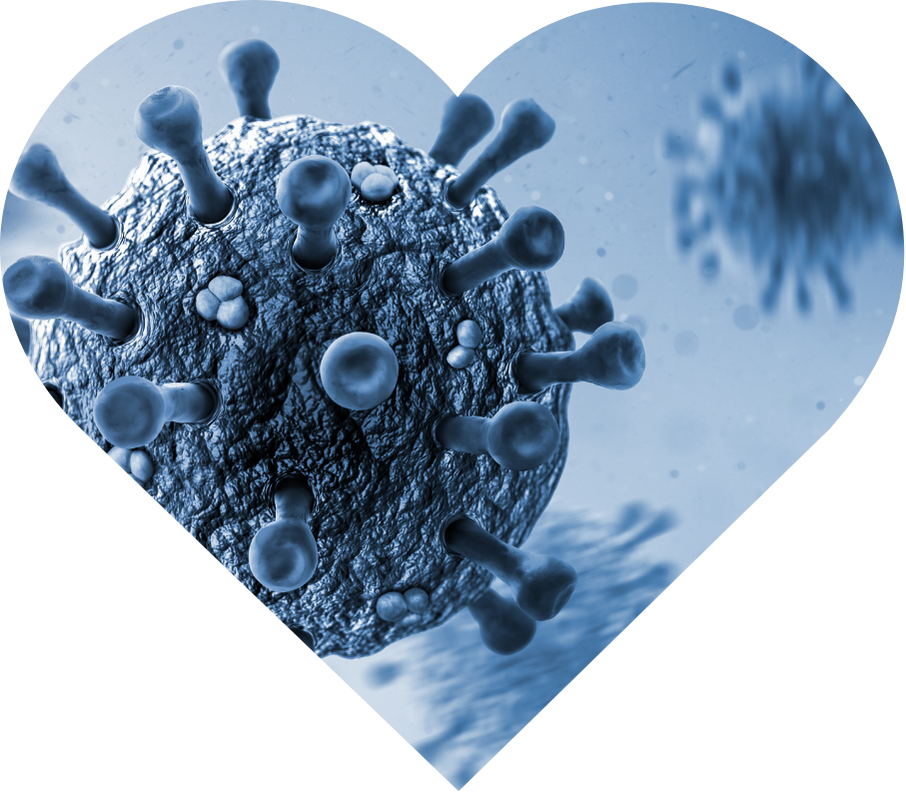"An apple a day keeps the doctor away" – a proverb known in variations by many cultures. There's more to it than folklore: plant pigments and vitamins provide our immune system with a quiet yet measurable advantage. For high performers, this is worth its weight in gold – fewer sick days, faster recovery, clearer focus.
Antioxidants are molecules that neutralize free radicalshighly reactive oxygen compounds that can damage cells. When too many free radicals form, it leads to oxidative stressimbalance between free radicals and antioxidants, which drives inflammation and weakens immune cells. Immune defense isn't just about "more fire" but "controlled fire": oxidative stress escalates inflammation, while antioxidants limit it and protect immune barriersphysical and chemical protective layers like skin, mucous membranes, and intestinal epithelium as well as the function of T, B, and natural killer cells. Foods provide an orchestra of antioxidants: vitamin C, polyphenols, carotenoids, sulfur-containing compounds from garlic, and long-chain omega-3 fatty acids, which not only neutralize radicals but also actively downregulate inflammatory programs.
A diet rich in antioxidants has been shown to lower pro-inflammatory markers like C-reactive protein and TNF-α and strengthen key players of the immune system such as γδ-T cells – cells that detect and respond to infections early [1]. Citrus fruits provide vitamin C and polyphenols like hesperidin, which dampen both oxidative stress and postprandial inflammation after energy-dense meals; regularly consumed orange juice reduced inflammatory markers in studies with humans [2]. Omega-3 fatty acids (EPA, DHA) shift the inflammatory profile towards resolution – they inhibit NF-κB, activate PPAR-γ, and promote pro-resolving mediators, which reduces chronic inflammation and susceptibility to infections [3]. Green and white tea contribute catechin-rich polyphenols, which are strong radical scavengers and inflammation modulators [4]. Garlic complements this protective net: sulfur compounds like allicin have antimicrobial and antioxidant effects; processing alters the profile – fresh shows the highest antimicrobial activity, while fermented/aged has stronger antioxidant power [5].
A large systematic review with 83 studies, mostly clinical interventions, consistently showed: higher fruit and vegetable intake reduces inflammatory markers like C-reactive protein and TNF-α and increases population-wide γδ-T cells – a direct signal for better innate immune readiness [1]. Additionally, human studies on citrus fruits demonstrate that vitamin C and polyphenol-rich juices dampen postprandial inflammation after high-fat meals and reduce CRP over weeks – relevant effects for everyday situations with "stress meals" [2]. On the fatty acid side, translationally summarized data show that EPA/DHA modulate gene expression relevant to immune signaling pathways: less NF-κB activation, more PPAR-γ – the metabolic switch that quietens inflammatory programs and promotes the resolution of inflammation [3]. Tea polyphenols, particularly catechin-rich fractions, have demonstrated strong antioxidant and anti-inflammatory effects in preclinical models and reduced cytokines like TNF-α and IL-6; clinically plausible but still under-researched regarding dosage and long-term effects [4]. Finally, a comparative approach to garlic showed that processing focuses the benefits: raw maximizes antimicrobial activity (high in allicin), aged/fermented increases antioxidant capacity – a differentiated application based on objectives makes sense [5].
- Incorporate colorful plant power daily: two handfuls of berries or citrus fruits plus a large portion of leafy greens (e.g., spinach) and cruciferous vegetables like broccoli. Practically: smoothie of berries and orange in the morning, broccoli/spinach at lunch. Aim for at least 5 portions/day. Evidence: less CRP and TNF-α, better γδ-T cell profiles [1], citrus-related dampening of postprandial inflammation [2].
- Ritualize green tea: 2-3 cups throughout the day, ideally between meals. Prefer high-quality Sencha/Matcha; those sensitive to caffeine should choose decaffeinated green tea in the afternoon. Polyphenols provide strong radical scavengers and modulate inflammatory pathways [4].
- Smartly dose omega-3: 2-3 times per week fatty fish (e.g., salmon, mackerel, sardines) or daily 1-2 tbsp ground flaxseed/flax oil as a plant-based supplement. For stringent performance goals, an EPA/DHA supplement may be sensible (consult a physician). Mechanistic backing: NF-κB reduced, PPAR-γ activated, pro-resolving mediators promoted [3].
- Utilize garlic strategically: for acute antimicrobial support, add 1-2 cloves of fresh, crushed garlic (let sit for 10 minutes to activate allicin) to warm, not boiling foods. For antioxidant long-term effects, regularly integrate aged/fermented garlic (e.g., “black garlic”). Evidence: raw is most antimicrobial, aged/fermented has high antioxidant capacity [5].
Antioxidants are your everyday protective shield: less inflammation, more stable defense, more energy. Start today with five portions of plant food, two cups of green tea, omega-3 sources, and a clove of garlic. Small routines, big impact – for health, longevity, and high performance.
This health article was created with AI support and is intended to help people access current scientific health knowledge. It contributes to the democratization of science – however, it does not replace professional medical advice and may present individual details in a simplified or slightly inaccurate manner due to AI-generated content. HEARTPORT and its affiliates assume no liability for the accuracy, completeness, or applicability of the information provided.













